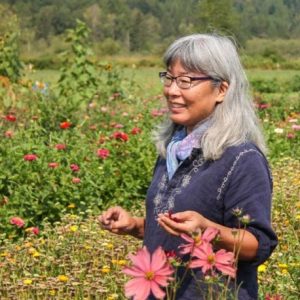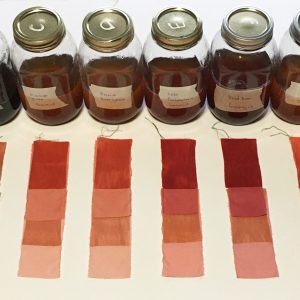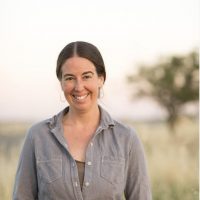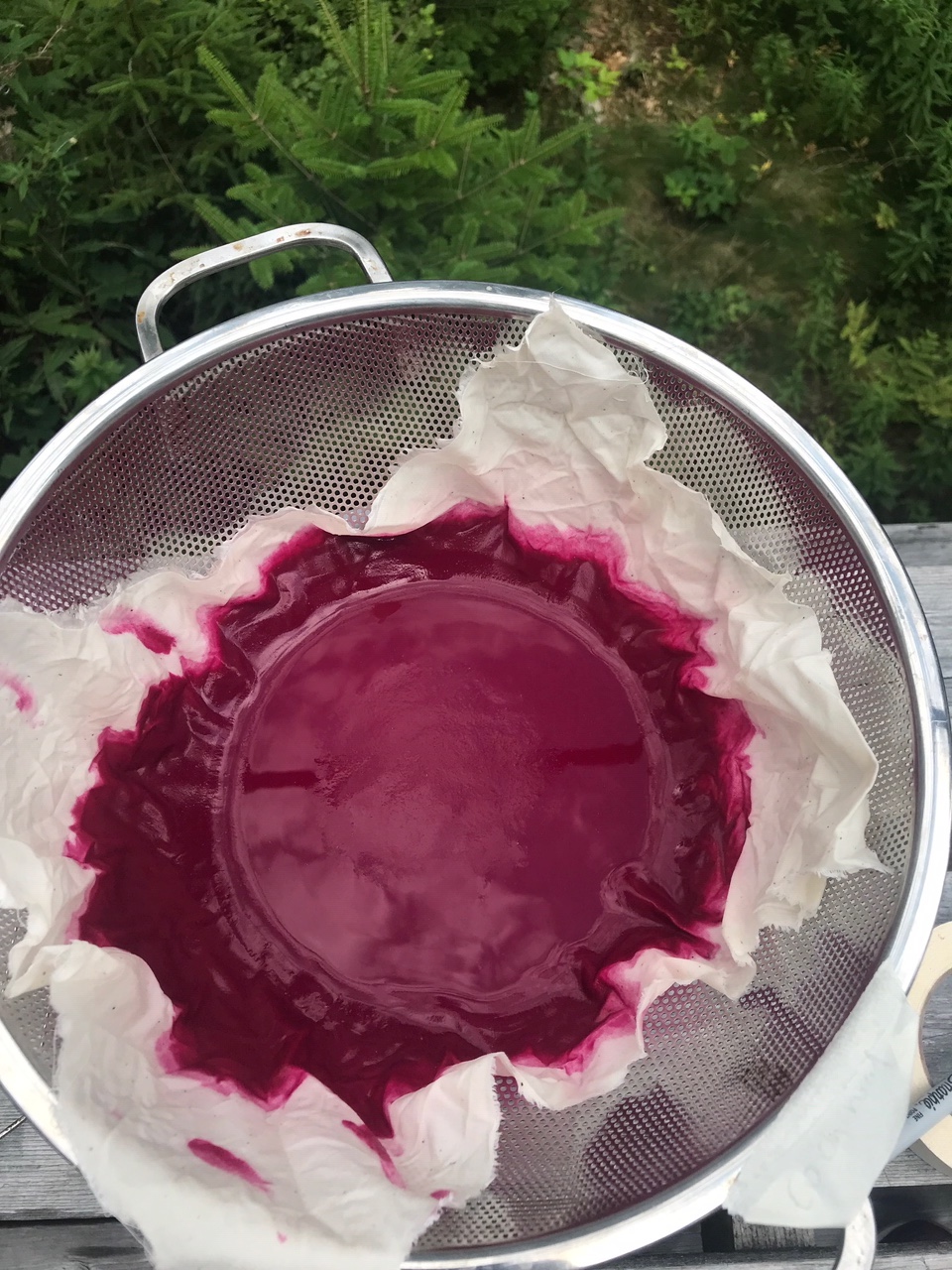This week: Insight into print paste thickening and how long can an indigo vat stay alive?
For World Water Day, 10 Ways to Natural Dye & Protect Land & Water
For World Water Day on March 22, 2023, we wanted to shine a light on two things very important to us: keeping carbon in the soil and protecting our water. As natural dyers, we have so many ways we can tackle these issues from collecting and reusing water creatively to simply stopping using hazardous pesticides as we grow our beautiful dye plants. We hope our pointing you towards World Water Day 2023 can offer easy that ways you can be part. This World Water Day is about accelerating change to solve the water and sanitation crisis. And because water affects … Read more












 This week: It’s all about mordanting…
This week: It’s all about mordanting…
